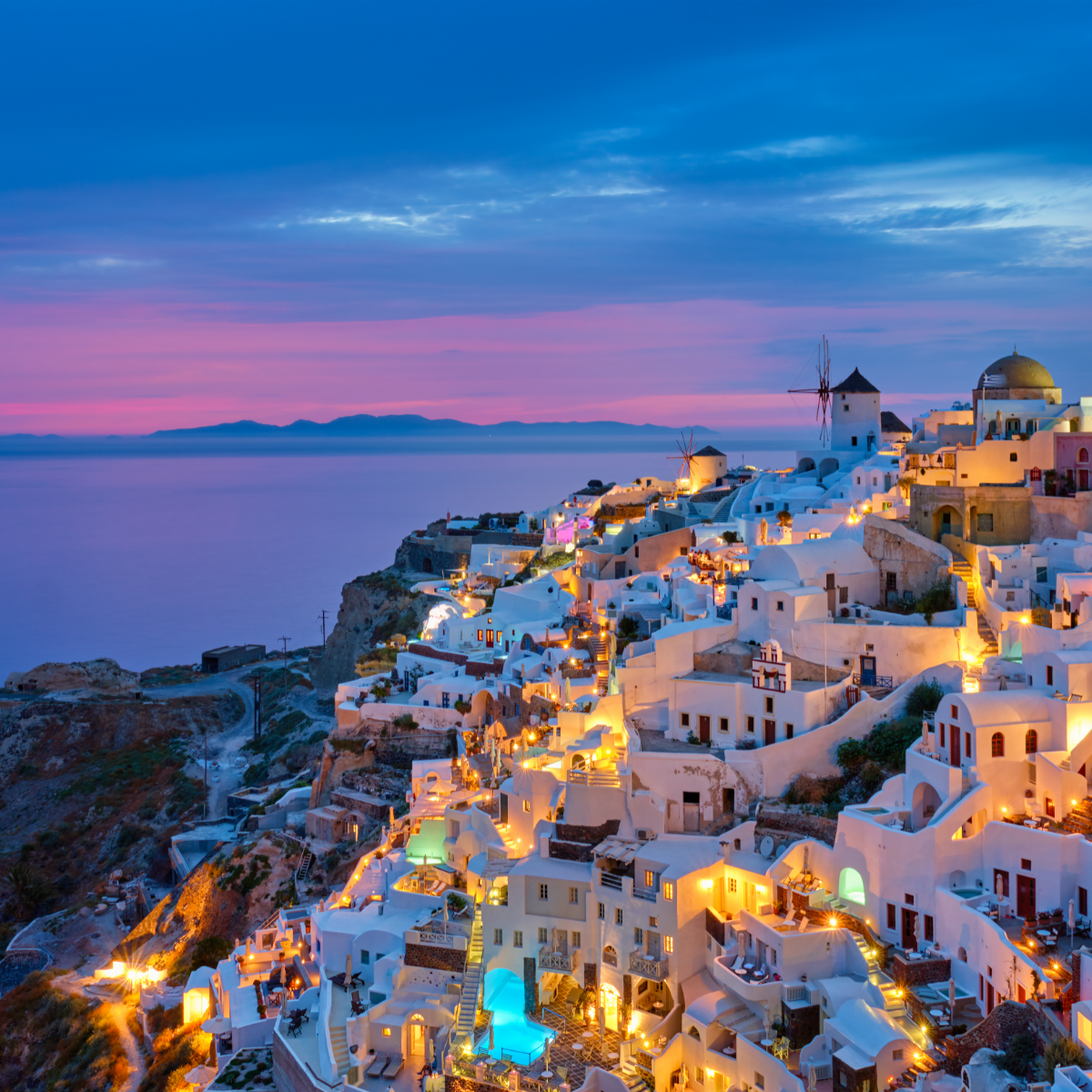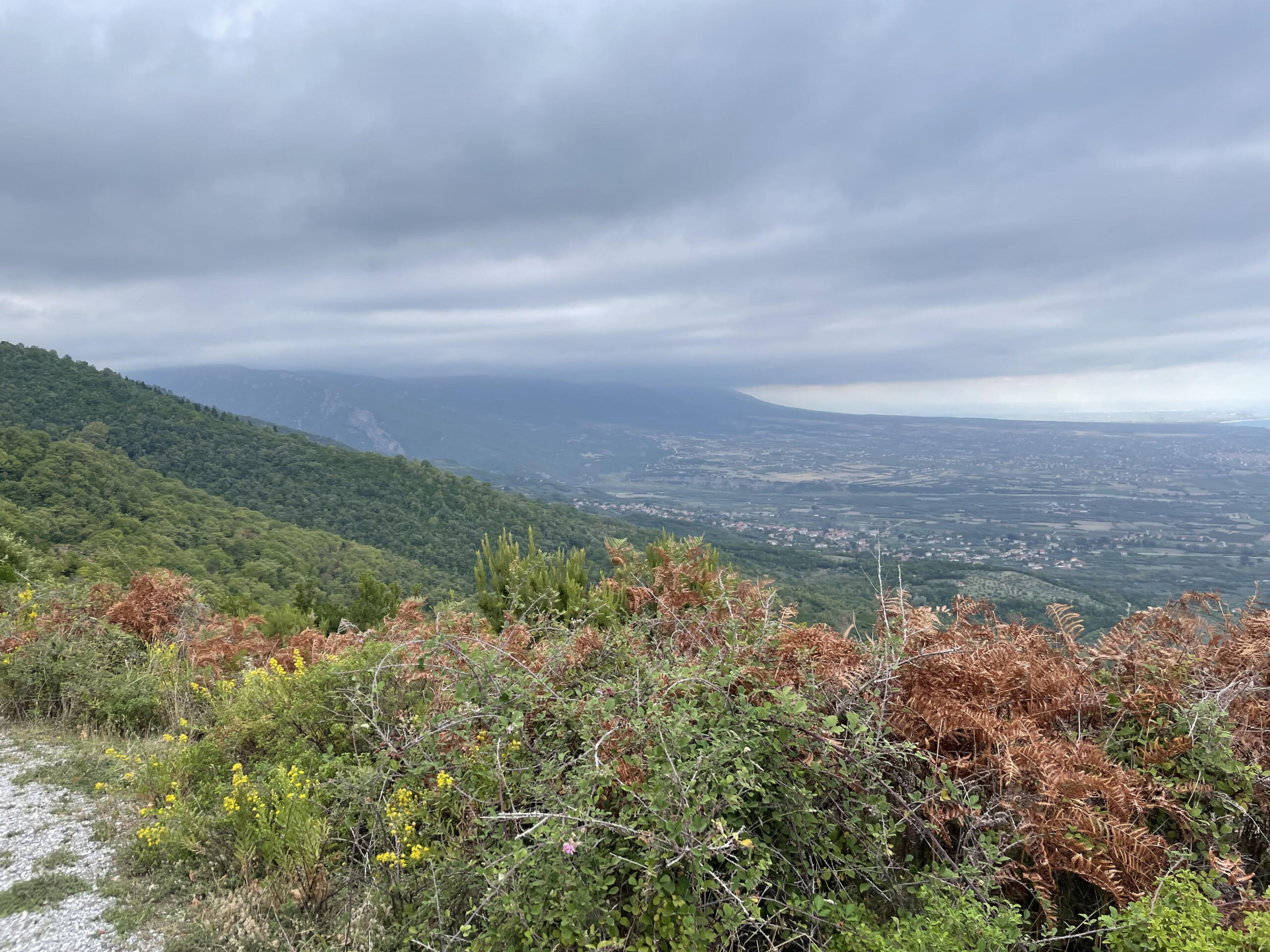The influence of the natural environment of Greece on the country’s tourism

Greece is a country that derives most of its income from tourism. It is a picturesque country in the southern part of the Balkan Peninsula. Greece is surrounded on three sides by sea, the Ionian Sea to the west, the Mediterranean Sea to the south, the Aegean Sea to the east and the Cretan Sea on the north side of the island of Crete.
Greece has a population of approximately 10.3 million inhabitants, distributed very unevenly. The average population density in Greece is 78 inhabitants per km2, 60% of the population live in cities.
Greece is a country with a long history and rich cultural wealth. According to many sources it is the cradle of western civilisation and the birthplace of democracy and the Olympic Games, among others. There are 18 UNESCO World Heritage Sites in Greece.
Worth seeing Athens, the capital of Greece, the city takes you to the extraordinary world of myths and gods. There monuments, allow you to imagine how the Greeks lived in ancient times and stand face to face with the power of ancient civilization.

About 20% of Greece's surface is covered by islands. There are about 3 thousand of them, including 167 inhabited ones. The largest concentration of islands is in the Aegean Sea, forming an archipelago connecting Greece with Turkey. Each of the Greek islands is different and on each there is a whole host of amazing places that are worth seeing. The islands are surrounded by beautiful seas that are known throughout Europe and the world for their clear and crystal clear waters.
Greece has an impressively beautiful coastline. There are sandy, rocky, pebbled, golden, white and even pink beaches. One of the most beautiful beaches in the world is Elafonisi beach in Crete with its pink sand and beautiful emerald lagoon. Many tourists come from all over the world to see the beautiful panorama of Greek beaches.
More than 80% of Greece is covered by mountains, and their average height is between 1200 and 1900 m above sea level. It was once considered the seat of the Olympian gods and is now popular with tourists. Mountains in Greece impress not only with their beautiful views, but also with their varied and rich geological structure. The massifs in the western part of the country were formed from limestone and sandstone. Mount Olympus in the north-east originates from the Hercynian orogeny and is made of crystalline rocks. The mountains on the Greek islands are usually volcanic formations, mostly inactive, but you will also find some that are still active. Many tourists like to visit Greece because of the possibility of admiring some of the most beautiful mountains in Europe.

Greece is located in the subtropical Mediterranean climate zone. Depending on the region, it has a more or less pronounced character. In the northern part of the country, the average January temperature reaches 5° C, on the coasts and islands about 12° C. In July, average temperatures range from 25 to 27° C. Average rainfall in the north-east and on the islands is 500-700 mm, and in the mountains it is 2500 mm.
To sum up, Greece has really a lot to offer, even for demanding tourists who would like to see everything that is most beautiful: from the fabulous islands and mountains, through the picturesque coastline, wonderful monuments, to the fabulous resorts and climatic restaurants, which are famous for their excellent cuisine.
All Greek destinations allow us to feel special.
